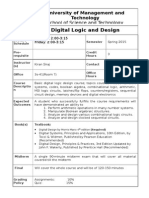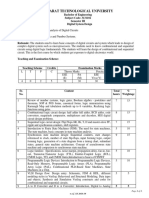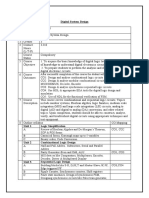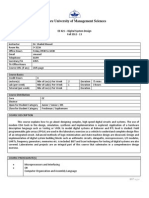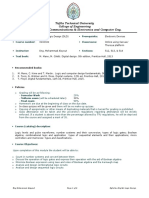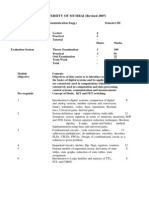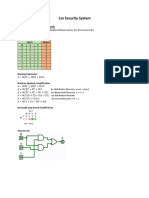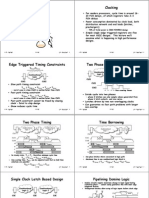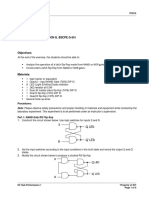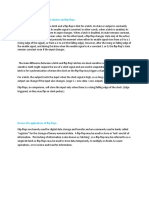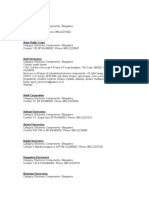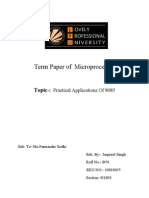0% found this document useful (0 votes)
28 views3 pagesDLD Syllabus
The syllabus outlines a semester-long undergraduate course in digital logic design, covering foundational concepts, practical applications, and advanced topics. Key objectives include understanding digital logic principles, designing circuits, and using hardware description languages like VHDL/Verilog. The course features a mix of lectures, lab sessions, and assessments, culminating in a comprehensive final exam.
Uploaded by
Zebre Ismael AlihCopyright
© © All Rights Reserved
We take content rights seriously. If you suspect this is your content, claim it here.
Available Formats
Download as DOCX, PDF, TXT or read online on Scribd
0% found this document useful (0 votes)
28 views3 pagesDLD Syllabus
The syllabus outlines a semester-long undergraduate course in digital logic design, covering foundational concepts, practical applications, and advanced topics. Key objectives include understanding digital logic principles, designing circuits, and using hardware description languages like VHDL/Verilog. The course features a mix of lectures, lab sessions, and assessments, culminating in a comprehensive final exam.
Uploaded by
Zebre Ismael AlihCopyright
© © All Rights Reserved
We take content rights seriously. If you suspect this is your content, claim it here.
Available Formats
Download as DOCX, PDF, TXT or read online on Scribd
/ 3



















